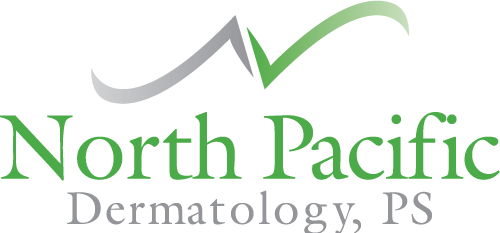Aging Skin but Not Ready for Needles? Try a Chemical Peel
Who’s not looking for younger, fresher, more vibrant skin? If you’re concerned about wrinkles, acne scars, and dark spots — all signs of aging skin — you might consider trying a chemical peel. This needle-free treatment is often referred to as the “lunchtime facial” because it’s quick and convenient. Here’s how a chemical peel facial treatment can serve your skin well.
How Does a Chemical Peel Work?
A chemical peel facial treatment is one way to reduce acne scars, remove freckles and dark spots, and minimize the appearance of fine lines and wrinkles. Chemical peels are so effective that they’ve become increasingly popular over the past decade in dermatology offices, salons, and spas. Chemical peels are superficial treatments, meaning that they’re non-invasive and go on the surface of the skin, making them safe even for pregnant women. Most people are surprised at how much a chemical peel facial treatment can brighten the skin and even out skin tone.
Chemical peels work by removing the topmost layer of dead skin cells. First, the clinician cleanses the skin, removing surface dirt and oil. Then he or she applies a special chemical solution that remains on the skin typically between 15 and 20 minutes before being removed. This solution works to slough off the dead and dull skin, revealing the fresh skin below. Therefore, a chemical peel acts as an exfoliant, which not only leaves skin smoother and cleaner, but can help stimulate collagen production, giving the skin’s firmness a boost. It’s generally recommended to receive a chemical peel facial treatment about every 6-8 weeks, especially for those who want to reduce acne scars or dark spots.
Types of Chemical Peels
There are different types of chemical peels to choose from depending on the targeted area. Working with a dermatology specialist is the best route, since they will be able to make appropriate recommendations for your skin type and concerns.
Light depth peels include glycolic acid peels and SkinMedica Illuminize peels are commonly used to treat mild skin imperfections, like minor discoloration. These peels will leave skin looking brighter, but they won’t completely remove freckles and dark spots.
Stronger depth chemical peels like SkinMedica Vitalize Peel and Rejuvenize Peel are top-notch wrinkle reducing treatments. These particular peels use higher concentrations of salicylic acid, lactic acid, and retinol to diminish the appearance of creases and fine lines on the face. After these types of chemical peel facial treatments, the skin sheds over the course of 5-7 days and the benefits are revealed.
Are Chemical Peels Safe?
Chemical peels are FDA-approved, making them safe and effective options, especially for those who want to fight the signs of aging but don’t want injectables. However, due to potential chemical interactions, it’s critical that you stop using any retinol products or taking prescription retinoids at least five days prior to a chemical peel facial treatment. You should also refrain from exfoliating during this time, as the skin must have a surface layer for the chemical peel treatment.
Side effects are very minimal, including mild redness or flaking, similar to a sunburn. These typically disappear within a few days after the chemical peel. Occasionally, with higher depth chemical peels, there may be moderate to severe redness, crusting, or swelling that can last for up to two weeks. It’s important to talk to your dermatologist about which type of chemical peel is right for your skin.
Contact North Pacific Dermatology
If you’re in the Bellevue, Washington area and want to try a chemical peel, contact North Pacific Dermatology today for an appointment.
